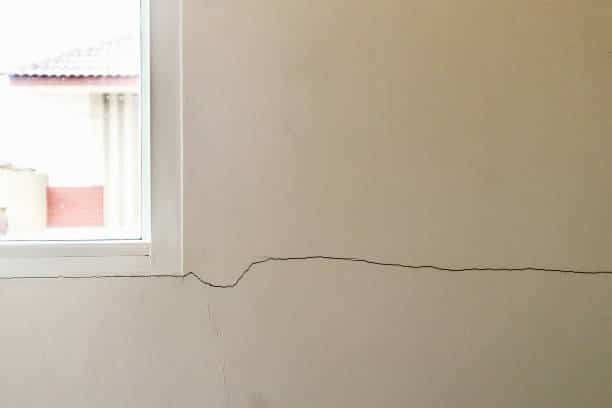A new build inspection is crucial for identifying any actual or potential structural defects that may occur as a result of the construction itself, by offering a thorough check of the integrity of the building work at various key milestones.
In an ideal world, the process of building a new home could be placed entirely into the trusted hands of a fully competent builder, with your involvement as minimal as turning up to collect the keys at handover.
While in lots of instances this may be the case there is, of course, the potential for things to go wrong during the construction of any new building. Depending on the quality of the builder and, in some cases, just plain old circumstance, the quality of the end result can vary wildly.
If you don’t have first-hand knowledge of construction – and let’s face it, the majority of people engaging the services of a builder for their new home construction do not – how can you spot any defects? The simple answer is, you probably can’t, and nor should you be expected to. Instead, you should consider turning to an external expert for guidance!
Enter, your new home building inspector! They will have all the knowledge required to pick up and alert you and your builder to any existing defects, as well as any related issues that are likely to occur in the future.
Remember, it can take a full year – four seasons and varying conditions! – or longer for defects to show themselves. For ultimate peace of mind it is therefore so important to engage expert assistance, to make your aware of and address them with the builder, before the property is handed over.

Some common examples of the types of areas an external expert will inspect for structural defects and damage might include …
Doors and windows
Although these may sound like pretty standard things for a builder to make sure they get right, doors and windows in new buildings can often be bowed or incorrectly fitted. As a result, they can let in cold air during the winter months, and conversely allow unwanted warm air into the property during summer.
A comprehensive new home inspection will identify the presence of cold or warm air ingress via doors and windows, and thus where any issues need to be fixed.
Flooring
Your inspector will be on the lookout for areas where flooring has been laid unevenly or at an incorrect level. This is important because uneven flooring can often be a sign of poor construction quality, improper settling of the building’s foundations, or structural movement.
Structural movement can lead to cracking in the walls, particularly in brick homes, and may require ‘underpinning’ to stabilise the property and prevent any further movement.
Frame
Where a property’s frame is not straight, it follows that issues including leaning walls will present themselves.
Once the wall and roof frames have been constructed it is preferable for any issues to be identified and addressed before plaster has been applied. This will make problems easier to solve. In turn, a straight frame will ensure plaster is straight and plumb once hung.
Brickwork
Shoddy, poorly completed brickwork can lead to cracking or leaking in the walls of a property, if left unaddressed.
When it comes to new buildings, further problems relating to brickwork can be caused by defective brick mortar. If not addressed this can result in water ingress, and dampness problems including mold.
Roofs, gutters and ceilings
Cracked or damaged roofing can leave your home exposed to water damage and flooding. In particular, ceilings that are warped, sagging or mold-effected are indicative of serious leaking. Leaking can also be caused by a defective gutter that does not allow water to be properly diverted away from the roof. It is vital therefore that structural damage of this type is given urgent attention to prevent escalating deterioration and further problems in the future.
Waterproofing
Inadequate waterproofing of wet areas such as bathrooms, laundries, WC’s and balcony decks has the potential to cause water penetration and leaks. Each of the above areas requires the installation of properly installed waterproofing membranes.
It is particularly important to check and make sure waterproofing has been completed adequately and that the membranes are not damaged prior the commencement of floor and wall tiling, which are generally used to cover the surfaces of wet areas. Failure to do so could lead to costly damage, as well as serious problems with mould outbreaks that can be harmful to the health of the building and its occupants.
After identifying defects, your independent building inspector will provide a building inspection report with appropriate recommendations for your builder around the steps needed to rectify them.
A new home inspection is essential to ensure structural defects are dealt with swiftly and appropriately, and won’t come back to haunt you later on! For the most reliable new home inspections Melbourne has to offer, call BSS Group today to set the wheels in motion.
